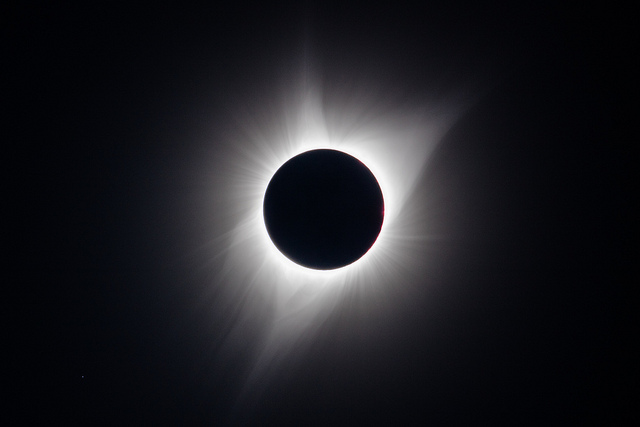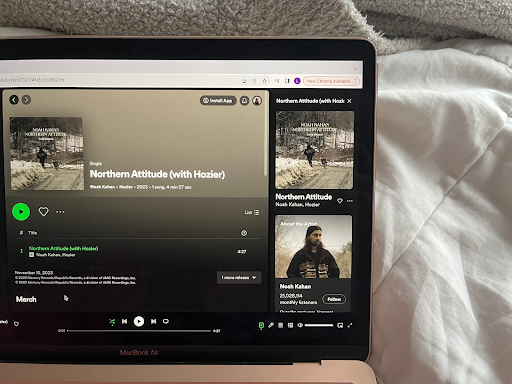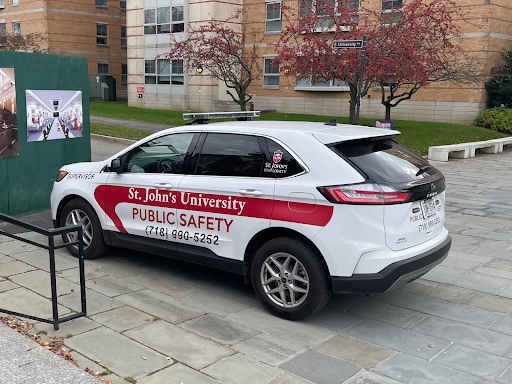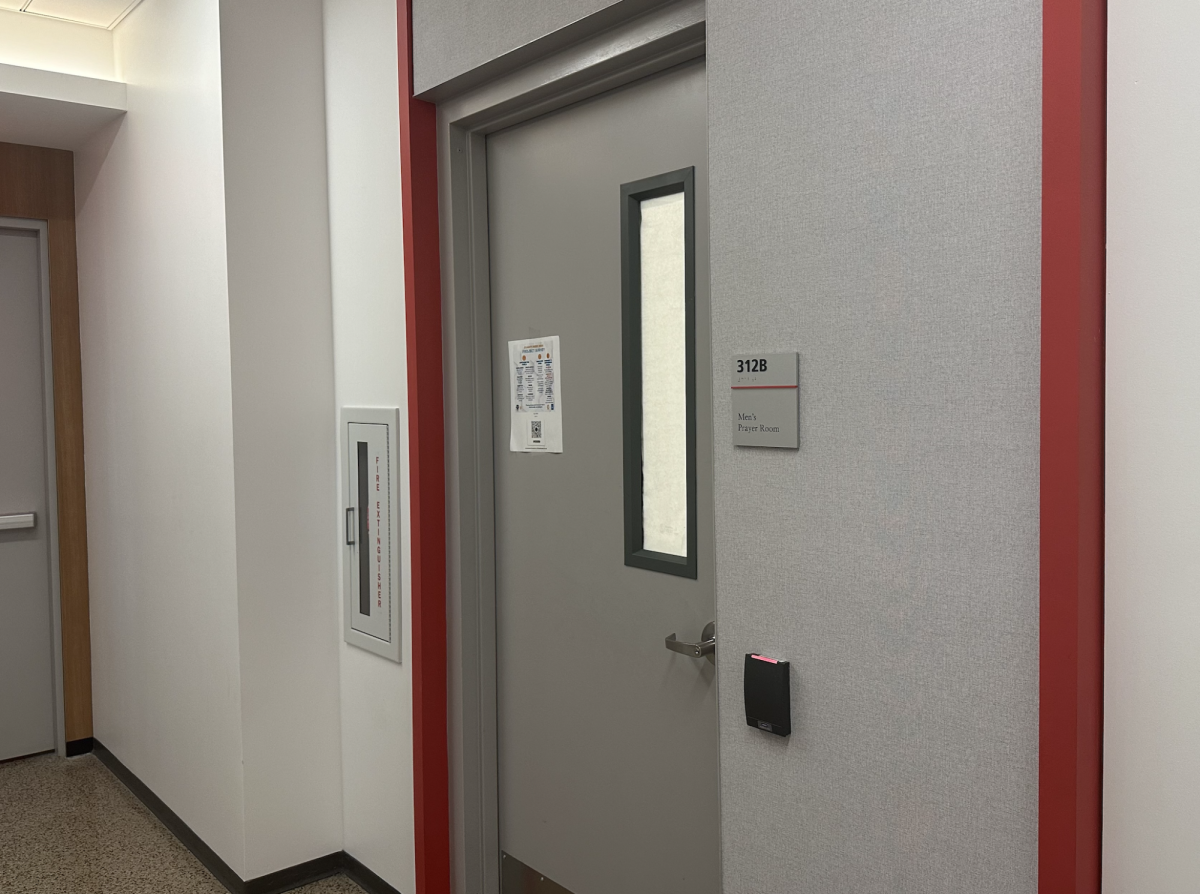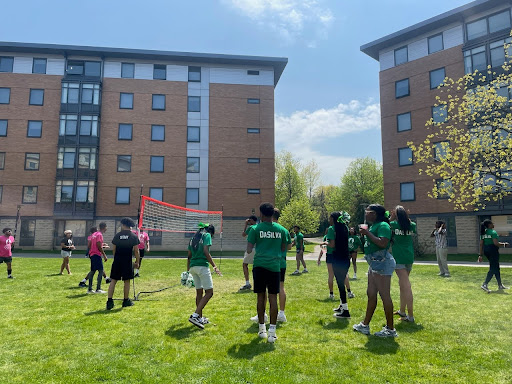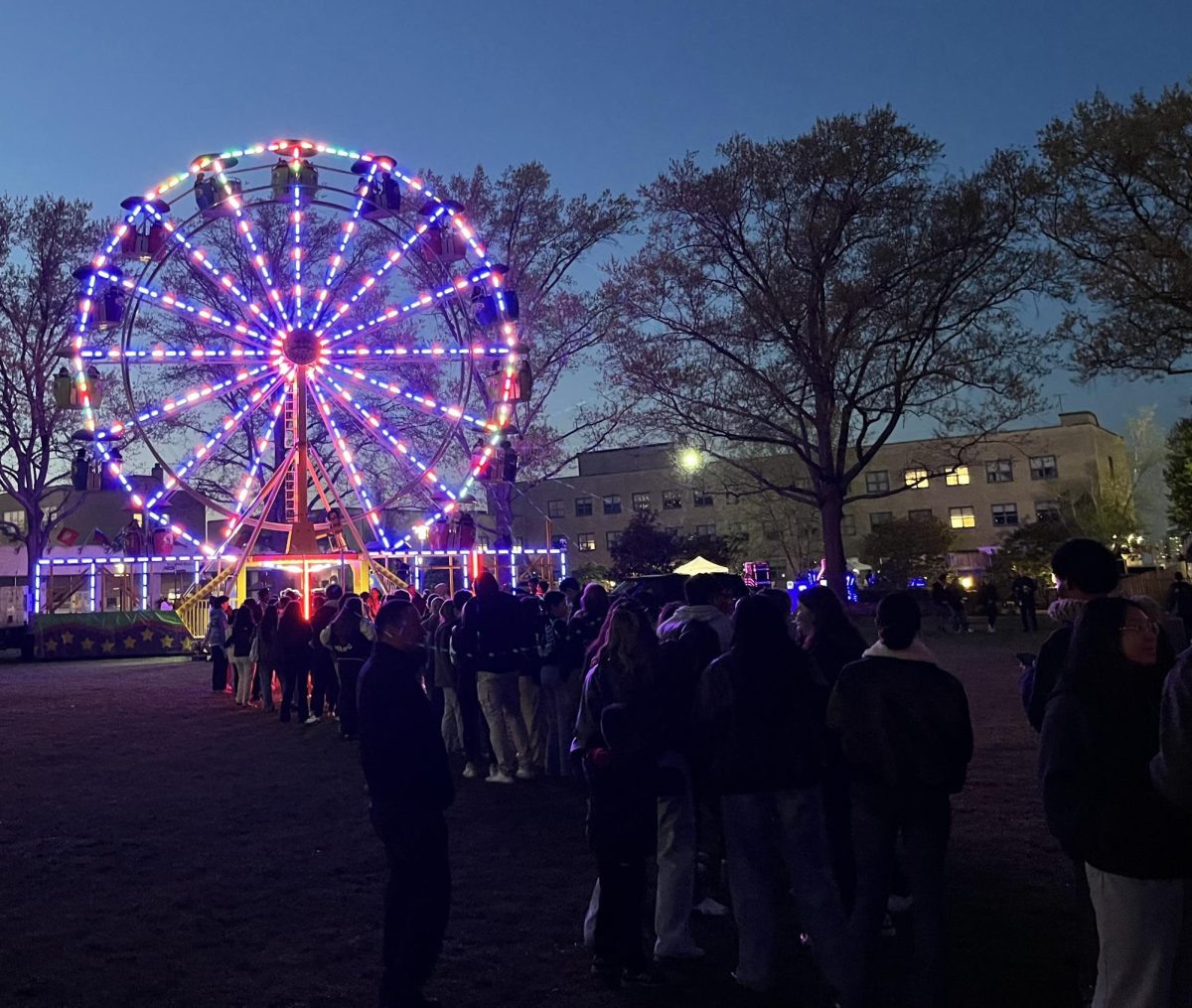As New York City, and all of North America for that matter, prepare to view the Monday, August 21 solar eclipse, Public Safety has a message for the student body that they sent out via email on Friday.
The email advises students to “NEVER look directly at the sun, including a full or partial eclipse, without certified solar filters/glasses. Doing so can cause permanent damage to your eyes, including possible blindness.”
“Always inspect solar filters for damage or scratches,” said the email. “Please supervise children using filters or glasses and never use telescopes, binoculars, or cameras to view an eclipse if these devices are not equipped with their own certified filters.”
Weather conditions permitting, the partial solar eclipse will occur from approximately 1 to 4 p.m.
A solar eclipse is when the moon passes between the sun and Earth and blocks all or part of the sun for up to about three hours, according to NASA. The last time the contiguous U.S. saw a total eclipse was in 1979.
According to NASA, to see a total eclipse you must be in the path of totality, a thin ribbon approximately 70 miles wide. The total eclipse will begin at Lincoln Beach, Ore. at 9:05 a.m. PDT. The next hour and a half, it will cross through Oregon, Idaho, Wyoming, Montana, Nebraska, Iowa, Kansas, Missouri, Illinois, Kentucky, Tennessee, Georgia, North Carolina and South Carolina, ending near Charleston, S.C. at 2:48 p.m.
St. John’s Public Safety included a link to visit https://eclipse2017.nasa.gov/safety for more information on safety during the eclipse Monday.













